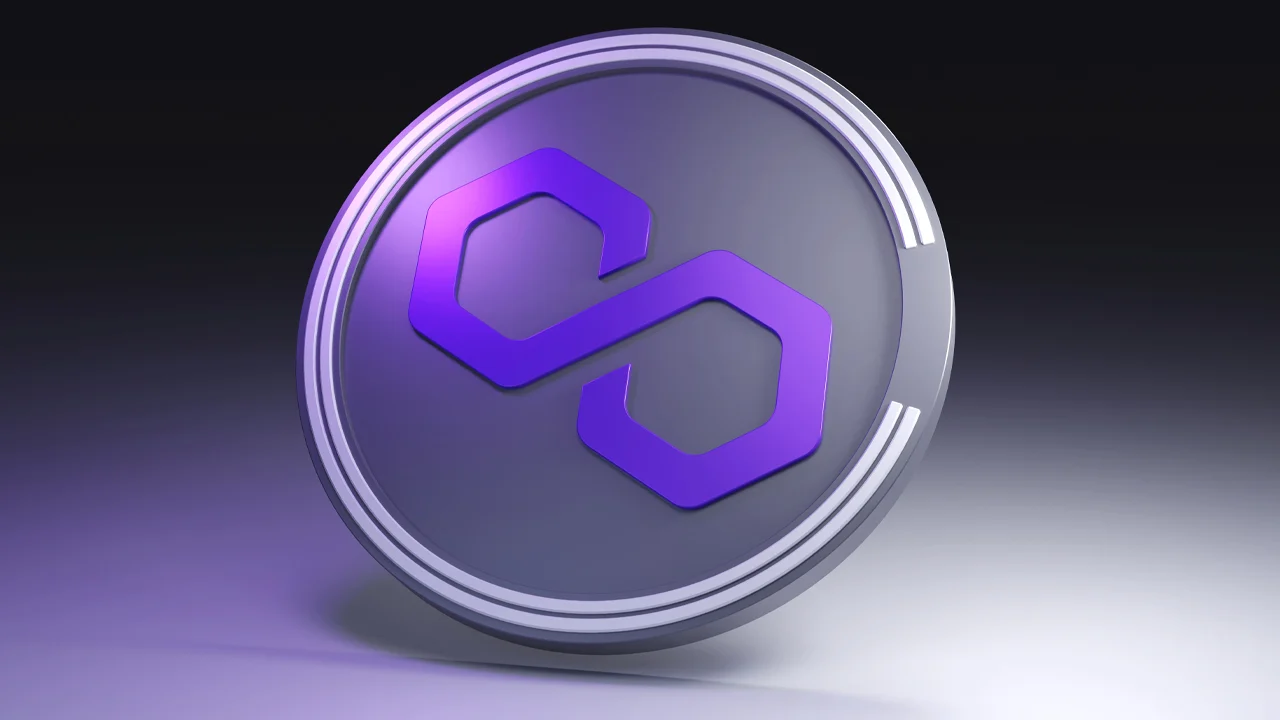Polygon (POL), formerly known as MATIC, is a Layer 2 solution for the Ethereum network, aimed at improving scalability and reducing transaction costs on the Ethereum blockchain. At the same time, Polygon ensures faster and cheaper transactions without compromising security. Polygon provides infrastructure for the creation and connection of various blockchain networks, making it an essential element in the cryptocurrency ecosystem.
Initially, the project was called Matic Network, and its native token was MATIC. In 2021, the project was rebranded to Polygon to reflect its broader mission, which not only addresses Ethereum scalability but also focuses on creating multi-layered and multi-blockchain solutions.
Main Goal of Polygon
The primary goal of Polygon is to improve the scalability of Ethereum. Although Ethereum is the most popular platform for smart contracts and decentralized applications (dApps), the Ethereum network faces several challenges:
High transaction fees: Due to network congestion, transaction fees can become very high, especially during peak periods.
Low throughput: Ethereum’s network cannot handle a large number of transactions simultaneously, resulting in delays.
Slow transaction speeds: Due to these issues, Ethereum may not be the best platform for certain applications that require high speed.
Polygon addresses these problems by providing a Layer 2 solution that significantly improves these aspects.
POL Token
The POL token (formerly MATIC) is the primary cryptocurrency asset in the Polygon ecosystem. It is used for:
Paying transaction fees: Polygon users use POL tokens to pay transaction fees on the platform.
Staking: POL token holders can participate in staking, helping secure the network and earning rewards.
Network governance: Users can vote on protocol changes using their POL tokens.
POL is a deflationary asset, which means that the token supply will decrease over time, potentially driving its value up in the long term.
Advantages of Polygon
Speed and low fees: Polygon enables fast transactions with low fees, making it attractive for use in various decentralized applications.
Ethereum compatibility: Polygon is fully compatible with Ethereum, allowing users to easily transfer assets and interact with other projects on the Ethereum network.
Wide development opportunities: The platform provides developers the ability to create their own blockchain networks and dApps using Layer 2 solutions.
Broad support: Polygon is widely supported by many major projects, including decentralized finance (DeFi) platforms and NFT ecosystems.
Weaknesses of Polygon
Dependence on Ethereum: Despite its independence, Polygon is still dependent on Ethereum, which may pose issues in case of failures or problems with the main Ethereum network.
Competition with other Layer 2 solutions: Polygon faces competition from other Layer 2 solutions for Ethereum, such as Optimism and Arbitrum, which offer similar features.
Centralization: While Polygon provides decentralized solutions, the network’s governance remains somewhat centralized, which could raise concerns for some users.
Current Price
At the time of writing, the price of POL is around $0.55 per token. After delisting and a sharp decline, POL reached a bottom around $0.28 but has shown more than a 100% increase since the beginning of the month. The trend has shifted to an upward trajectory, and if the price holds at the $0.55 level, there is potential for growth into new price ranges.
Possible entry points:
$0.55: Consider buying at this level.
$0.46-$0.47: In case of price correction and a drop to the nearest support zone, increasing your position could be an option.
Conclusion
Polygon is a promising project that solves critical scalability and high-fee issues for Ethereum, enabling faster and cheaper transactions. With its POL token, Polygon allows users to participate in staking, vote on network changes, and earn rewards.
For investors, Polygon offers interesting opportunities, especially considering the growth of the DeFi sector and the blockchain ecosystem as a whole. However, it is important to consider the risks associated with its dependence on Ethereum and competition from other Layer 2 solutions.
